-8 F. wake-up temperature Wednesday morning.
5 F. high in the Twin Cities yesterday.
28 F. average high on December 11.
20 F. high on December 11, 2012.
Minnesota Weather History on December 11 (courtesy of the Twin Cities National Weather Service):
2004:
A strong cold front pushed through Minnesota during the early morning
hours. By dawn, winds turned to the northwest and increased to 25 to 40
MPH with gusts as high as 70 MPH. The windiest part of the day was from
mid morning through mid afternoon when many locations suffered sustained
winds in the 30 to 45 MPH range. The highest wind gusts recorded in
southern Minnesota during this time included 71 MPH in Welch and 62 MPH
near Albert Lea, St. James, Winthrop and Owatonna. Other notable wind
gusts included 59 MPH at New Ulm, 58 MPH in Mankato, 55 MPH in St. Cloud
and Morris, 54 MPH at Redwood Falls, and 52 MPH at the Minneapolis/St.
Paul International Airport. Scattered trees were downed and a few
buildings received minor roof damage across the region.
1939: December gale at north shore; winds clocked at 48 mph at Duluth.
Stress-ember
I'm
making a list and checking it twice. 1). Thaw out left foot. 2). Check
right ear for frostbite. How are you holding up? December is a joyously
stressful month, a non-stop treadmill of uncomfortable family togetherness, furious
shopping & creeping credit card debt. Oh, let's toss in a dire lack
of sunlight and the coldest weather of the entire winter, just to make
it interesting.
Too many distractions, taking our eye off what's most important during the Christmas season.
But
cheer up! The coldest start to December since 1996 gives way to 30s by
the middle of next week. Only in Minnesota can locals get excited about
warming up to "freezing".
Temperatures dip again Christmas week,
but I have a hunch, a gut feel (nausea?) that this may be one of those
rare winters where December is colder than January.
Last winter
the snow and cold came late, and spilled over into May. This year the
Canadian Express came early. There's anecdotal evidence to suggest we
may see an early spring in 2014.
Take it to the bank.
Big storms detour south & east of Minnesota; just a snowy coating to an inch from a Saturday clipper.
Models suggest 5 inches of snow on the ground Christmas Eve.
This year Santa won't need his red SUV.
What Are Your Chances For A White Christmas?
Looking at the calendar and the snowy scene outside my window I'd say
the odds are pretty good. Statistically about 72 out of 100 Christmas
Days are "white", meaning at least 1" or more of snow on the ground at
MSP. Here's more information from
NOAA's climate.gov: "
Minnesota.
Maine. Upstate New York. The Allegheny Mountains of Pennsylvania and
West Virginia. Practically anywhere in Idaho. And of course, the Rockies
or the Sierra Nevada Mountains. These are the places where weather
history suggests you want to be if you're looking for the best chance of
a white Christmas. The map (above) shows the historic probability of
there being at least 1-inch of snow on the ground in the Lower 48 states
on December 25 based on the latest (1981-2010) U.S. Climate Normals
from NOAA's National Climatic Data Center. Dark gray shows places
where the probability is less than 10 percent, while white shows
probabilities greater than 90 percent..."
Bubble And A Bust.
Expect slight moderation today (upper teens - kind of sad when that
constitutes "recovery") but a more significant warming trend arrives the
first half of next week; a shot at 30s by Wednesday, before the
inevitable bust late next week as temperatures tumble once more. ECMWF
data courtesy of Weatherspark.
Saturday Clipper.
A wave of low pressure surging south (from Alberta!) sparks a ribbon of
light snow Saturday, maybe an inch in the metro, as much as 2-3" up
north. The heaviest snows come in squalls, downwind of the Great Lakes -
as much as 12-18" over upstate New York. 12km NAM snowfall into
Saturday courtesy of NOAA and Ham Weather.
Shrinking Stain of Subzero.
The (dreaded) solid green line, marking the 0F isotherm pushes north in
the coming days, but there's a good chance it will return to haunt the
northern USA late next week. The maps do not look like mid-December;
more like late January. 84 hour 2-meter temperatures courtesy of NOAA
and Ham Weather.
Santa May Freeze His Jingle Bells.
NOAA's NAEFS extended model shows a cold bias from Hudson Bay, Canada
into the Uppper Mississippi Valley and Northern Plains, a mild bias for
much of the eastern USA.
Current Snow Cover.
Yes, snow lovers are fairly happy, considering most years we seem to
limp through the month of December with dribs and drabs of snow. There's
a healthy 1-2 feet for far northern Minnesota, even more along the
North Shore. Data:
Ham Weather.
Let The "Bitter" Wars Begin!
Paul,
It’s
not even mid-December and the word “BITTER” has appeared on the
StarTribune weather page about 80,000 times. It’s time to declare a
moratorium on the word and seek other adjectives for this bone-chilling
arctic discharge. Bitter is a state of mind, and if you keep using the
word, soon we all will be. I challenge you to not use the word through
the entire month of January. Feel free to start now.
Fortifying,
challenging, piercing, tear-inducing, bracing, stinging, OMGing,
cryogenic, invigorating…it doesn’t have to be a happy word. Just not
“bitter”. Please?
- Steve Hepokoksi, Maple Grove
Don't know why your reader, Steve Hepokoski, got so bent out of shape about your using "bitter" to describe the cold weather.
He
doesn't seem to realize that when you, or anybody else, calls the
weather "bitter," you are employing a figure of speech with a long
history, called a "transferred epithet."
Also called "hypallage," from the Greek, here's a definition from Wikipedia:
Hypallage (
/haɪˈpælədʒiː/; from the
Greek: ὑπαλλαγή,
hypallagḗ, "interchange, exchange") is a
literary device that is the reversal of the syntactic relation of two words (as in "restless nights" instead of "nights that were unrestful").
[1]
One kind of hypallage, also known as a
transferred epithet,
is the trope or rhetorical device in which a modifier, usually an
adjective, is applied to the "wrong" word in the sentence. The word
whose modifier is thus displaced can either be actually present in the
sentence, or it can be implied logically. The effect often stresses the
emotions or feelings of the individual by expanding them on to the
environment.
So, Mr. Douglas, feel free, with no apologies necessary.
- Doug Manos
While Most Of U.S. Froze, Parts Of Alaska Set Record Highs.
We often see this during the winter, when Alaska is unusually warm, the
Lower 48 tends to trend colder than average, and vice versa.
Meteorologist Andrew Freedman has a good summary of the freakishly mild
weather gripping much of Alaska in a
Climate Central story - here's the introduction: "
While
the continental U.S. has been shivering from coast-to-coast with
temperatures dropping as low as minus-40°F amid one of the most severe early December cold snaps
in several years, one state bucked the trend in an historic way. The
same contorted jet stream pattern that brought the brutal cold to the
lower 48 states pushed a pulse of milder-than-average air into Alaska,
where some spots recorded temperatures unheard of for December. Along
Alaska's northern coastline, which lies above the Arctic Circle, the
warmest December temperatures on record in at least 70 years occurred
this past week. At the airport in Deadhorse, which serves the oil
production hub of Prudhoe Bay,
the temperature hit 39°F on December 7, the highest December
temperature on record there since at least 1968, said Rick Thoman of the
National Weather Service (NWS) in Fairbanks in an interview..."
Graphic credit above: "
Map
showing temperature anomalies in the atmosphere, including notes
showing the unusually warm air over Alaska (red area) and cold air from
Canada to the U.S. (dark blue area)." Credit: Modified from Tropicaltidbits.com via WeatherUnderground.
Nearly 5 Million Homes Endangered By Wildfires. Claims Journal has the story; here's a clip: "More
than 4.5 million U.S. households are at high or extreme risk from
wildfire, according to new analysis by Verisk Insurance Solutions –
Underwriting, a unit of Verisk Analytic. The analysis identified the
number and percentage of properties at risk from the ten most wildfire
prone states the company currently assesses: Arizona, California,
Colorado, Idaho, Nevada, New Mexico, Oregon, Texas, Utah and Washington.
California ranked number one with almost 2 million homes at high or
extreme risk from wildfire; while Texas ranked second, with 1.3 million
households at high or extreme risk. Percentagewise, Idaho had the
highest percentage of households at high or extreme risk from wildfire
(24 percent)..."
Photo credit: AP, Oregon Department of Forestry.
Climate Spinning Stronger Tornadoes Across U.S.? Discovery News has the story - here's the introduction: "
The
trail of twisted metal and torn roofs left behind by massive twisters
is growing longer and wider, a sign that tornadoes may be growing
stronger, climate scientist James Elsner said here Tuesday (Dec. 10) at
the annual meeting of the American Geophysical Union. Beginning in 2000,
tornado
intensity — as measured by a twister's damage path — started rising
sharply, said Elsner, of Florida State University. "I'm not saying this
is climate change, but I do think there is a climate effect," he said.
"I do think you can connect the dots..."
Image credit above: "The
damage scar left by the EF5 tornado that struck Moore, Okla., on May
20, 2013, as seen by the Advanced Spaceborne Thermal Emission and
Reflection Radiometer (ASTER) on NASA's Terra satellite on June 2, 2013."
NASA Earth Observatory image created by Robert Simmon, using data
provided courtesy of NASA/GSFC/METI/ERSDAC/JAROS, and the U.S./Japan
ASTER Science Team.

Google's Road Map To Global Domination.
How often, during a typical week, do you tap Google Maps? I've come to
depend on it, like many people around the planet. Here's an excerpt of a
fascinating, behind-the-scenes look at Google's investment in mapping,
and where it may all be heading, courtesy of
The New York Times: "...
Where-type
questions — the kind that result in a little map popping up on the
search-results page — account for some 20 percent of all Google queries
done from the desktop. But ultimately more important by far is
location-awareness, the sort of geographical information that our phones
and other mobile devices already require in order to function. In the
future, such location-awareness will be built into more than just
phones. All of our stuff will know where it is — and that awareness will
imbue the real world with some of the power of the virtual. Your house
keys will tell you that they’re still on your desk at work. Your tools
will remind you that they were lent to a friend. And your car will be
able to drive itself on an errand to retrieve both your keys and your
tools..."
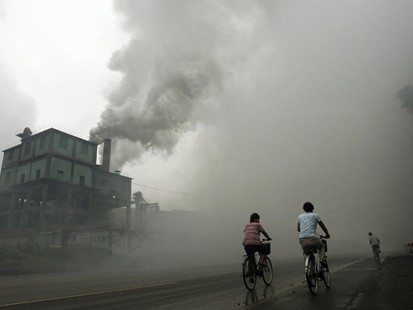
China: Here Are Some Great Things About Toxic Air.
Satire or ultimate spin? Not sure, but when nature (more specifically,
heavy industry and a lack of environmental regulation) deals you a bad
hand you just make the best of it. Here's a snippet from a story at
Time Magazine: "
You can’t make this stuff up. On Sunday, with swaths of eastern China shrouded
in a polluted haze, Chinese state media decided to release a list of
five “surprising benefits” of smog. Here, courtesy of Wang Lei, an
editor for China Central Television’s website, are five good things
about bad air:
1. It unifies the Chinese people.
2. It makes China more equal.
3. It raises citizen awareness of the cost of China’s economic development.
4. It makes people funnier.
5. It makes people more knowledgeable (of things like meteorology and the English word haze)..."
Snowpocalypse! Revealing Photos Of The (Phantom) Blizzard That Shut Down The U.S. Government. Tuesday's
"storm" was a bust in Washington D.C. But that didn't stop most of the
federal government from going into full lock-down mode, as described in
this brilliant piece from
Buzzfeed. Worth a look.
"Coolest" Cooler Chills, Blends And Plays Music. I'm already daydreaming about next summer - sorry. Under the heading of wretched-cooler-excess check out this entry from Gizmag: "A
good cooler keeps your drinks chilled during a picnic, backyard BBQ or
camping trip. The Coolest not only does that, but it also mixes up
frosty margaritas and plays music for your party. With the docking
grill, it even cooks your food. Its designer hopes to get the
feature-packed cooler to picnics and tailgates next year..."
Can Your Toilet Do This?
No potty humor, I'm so over that. But this remarkable item crossed my
cluttered desk yesterday - a perfect holiday gift for the special
someone in your life who is very particular in the bathroom. Foot
warmer? Check. Radio? Check. Heated seat? That's so 2006. Of course! If
you have an extra 6K burning a hole in your pocket consider the "
Numi"
from Kohler, of course. Look how happy and content that toilet-model
looks. Damn! But if you buy one of these my suggestion is not to locate
it in the corner of an all-glass home.
Texas Lays Claim To The World's Largest Gingerbread House.
Everything is bigger in Texas, including the gingerbread homes,
surpassing a previous Minnesota world record. This can not stand.
Gizmag.com has the article; here's a clip: "
Living
up to its reputation of largeness, the state of Texas has now become
home to the world's largest gingerbread house. Located at the Traditions
Golf Club in the city of Bryan, the larger-than-life gingerbread house
measures 39,201.8 cubic feet (1,110.1 cubic meters) and officially holds
the new Guinness World Record. This defeats the record previously held
by the Mall of America in Bloomington, Minnesota, with its 36,600 cubic
foot (1,036.4 cubic meter) gingerbread house..."
TODAY: Some sun, not as harsh. Winds: SW 5-10. High: 18
THURSDAY NIGHT: Clearing and chilly. Low: 4
FRIDAY: More clouds than sun. High: 19
SATURDAY: Light snow and flurries; coating to an inch possible. Wake-up: 3. High: 22
SUNDAY: Flurries taper, gusty and colder Wake-up: 9. High: 17
MONDAY: Mostly cloudy, still too chilly. Wake-up: 6. High: near 20
TUESDAY: Partly sunny, feeling better. Wake-up: 14. High: 28
WEDNESDAY: A quick, fleeing thaw? Some sun. Wake-up: 16. High: 33
Climate Stories...
Global Warming Is Unpaused And Stuck On Fast Forward, New Research Shows.
The Guardian has an update; here's an excerpt: "
New research
by Kevin Trenberth and John Fasullo of the National Center for
Atmospheric Research investigates how the warming of the Earth's climate
has behaved over the past 15 years compared with the previous few
decades. They conclude that while the rate of increase of average global
surface temperatures has slowed since 1998, melting of Arctic ice,
rising sea levels, and warming oceans have continued apace. The widespread mainstream media focus on the slowed global surface warming
has led some climate scientists like Trenberth and Fasullo to
investigate its causes and how much various factors have contributed to
the so-called 'pause' or 'hiatus.' However, the authors note that while
the increase in global temperatures has slowed, the oceans have taken up
heat at a faster rate since the turn of the century..."
Justices May Back EPA On Air Pollution Role.
USA Today has a good summary - here's a clip: "
States
in the Midwest and South whose polluted air affects those in the
Northeast and Mid-Atlantic may have to deal with a federally imposed
solution, a slim majority of Supreme Court justices appeared to indicate
Tuesday. While the court was divided over the method and timing behind
the Environmental Protection Agency's rule on cross-state air pollution,
more support was voiced for federal authority than the demands of
"upwind" states and industries. At issue is whether the EPA acted before
states could come up with their own emissions control plans, and
whether its emphasis on cost controls would cause some states to do more
and others less, regardless of their share of the offending pollution..."
EPA Plans To Sharply Reduce Inspections. The Los Angeles Times has the article - here's an excerpt: "
The Environmental Protection Agency
plans to substantially reduce inspections and civil enforcement cases
against industry over the next five years, arguing that focusing on the
biggest polluters would be the most effective way to clean up air and
water. In a draft strategic plan, the EPA proposes to cut federal
inspections by one-third from the 20,000 inspections it conducted in the
last fiscal year, ended Sept. 30. Moreover, it plans to initiate about
2,320 civil enforcement cases a year, compared with the 3,000 cases
initiated last fiscal year, a 23% reduction. The EPA said the shift for
fiscal years 2014 to 2018 is not a retreat from enforcement but a more
effective allocation of resources..."
Photo credit above: "
Saying
it wants to focus on the biggest polluters, the EPA proposes to cut
federal inspections by one-third and reduce civil enforcement cases 23%.
Environmental groups are alarmed. Above, a refinery in Wilmington."
(Luis Sinco, Los Angeles Times / March 7, 2012)
329 Coal Units Are No Longer Cost-Effective (Update). Think Progress has the story - here's a snippet: "
Aging
and inefficient plants, competing energy sources, and the looming
reality of climate change are all catching up with the coal industry.
According to a new report from the Union of Concerned Scientists — updated from 2012 numbers
— as much as 17 percent of coal-fired power in the United States is
already uncompetitive, just compared to natural gas and using mid-range
estimates. The report looked at the operating costs for current coal
plants, which are older and have largely paid off their capital costs,
up against natural gas plants that have also paid off their capital
costs..."
Climate Change To Make "Super El Nino" Events Twice As Likely. Australia's
ABC Network has the story; here's the introduction: "
The
drought conditions brought on by extreme versions of the El Nino
weather phenomenon are likely to happen twice as often as climate change
takes hold. AUSTRALIAN RESEARCHERS have found that extreme versions of
the cyclical weather pattern El Niño — dubbed 'super El Niños' — will
double in frequency under projected global warming scenarios, with
repercussions for many countries across the globe. El Niño is the
weather phenomenon responsible for Australia's climate of "droughts and
flooding rains". In an El Niño year, a band of warm ocean water rises
off the coast of South America, expanding westwards across the Pacific
Ocean and displacing colder waters. El Niño in Australia is associated
with decreased rainfall..."
Podesta And The Pipeline. Will Keystone XL be approved? The New Yorker
has a long, interesting update on how President Obama's new White House
Advisor may sway the decision one way or another; here's an excerpt:
"..
Podesta told me earlier this year that his case against Keystone
was twofold. One, he believed the weight of the evidence suggested that
the pipeline would indeed accelerate the production of oil from the oil
sands and increase greenhouse-gas emissions over the long term. “There’s
a lot of oil flowing from there, right? They’re not gonna stop doing
that. But do we want to facilitate supercharging that?” he said. “That’s
the question. And the answer to that I think is no, because of the
climate impact.” He was emphatic that Obama’s own test cannot be met. “I
think he should not approve it,” Podesta said. “I’m of the view that
you just can’t meet the standard now that Obama set out: Does it or does
it not significantly exacerbate the problem of carbon pollution?..."
Depressed? Climate Change Could Be To Blame. The Tyee and
Salon have the story - here's an excerpt: "...
We've
totally misunderstood our connection to the natural world," said Ashlee
Cunsolo Willox, a Canada Research Chair at Cape Breton University who's
helping lead first ever studies that measure how rising global
temperatures affect the mental well-being of Canada's Inuit. One of her
biggest takeaways: that human identity is inextricably tied to the
natural world. As climate change alters that world in profound and
unexpected ways, she told The Tyee, "very few people are going to be
untouched...."
Photo credit above:
Credit: Brian Weed via Shutterstock.

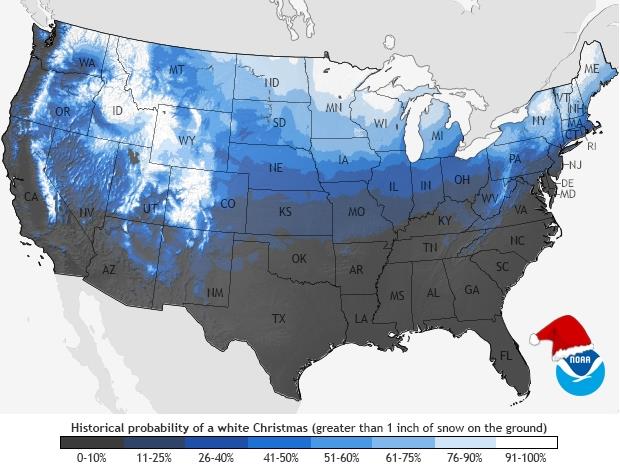
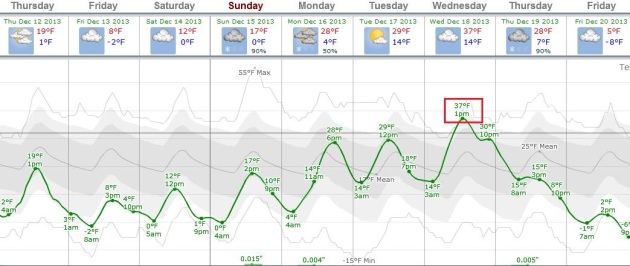
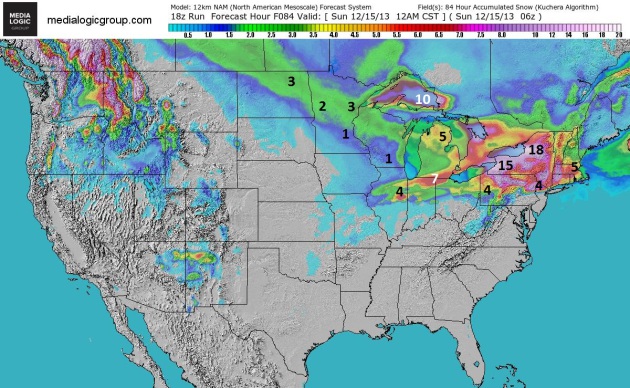
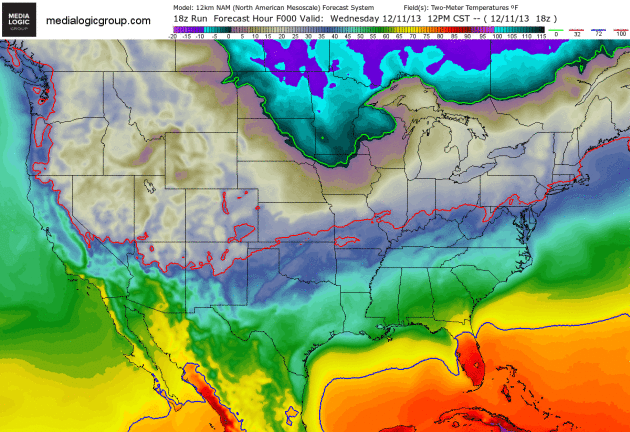
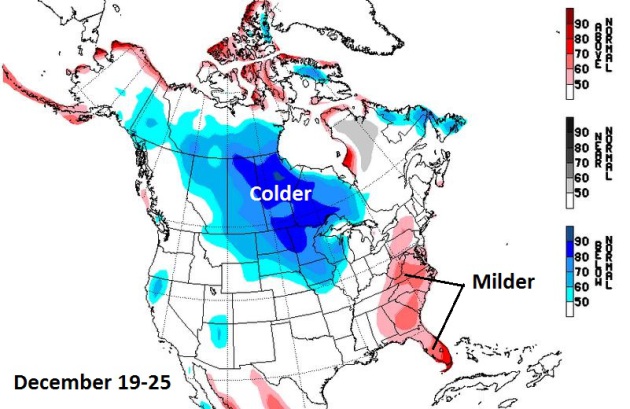
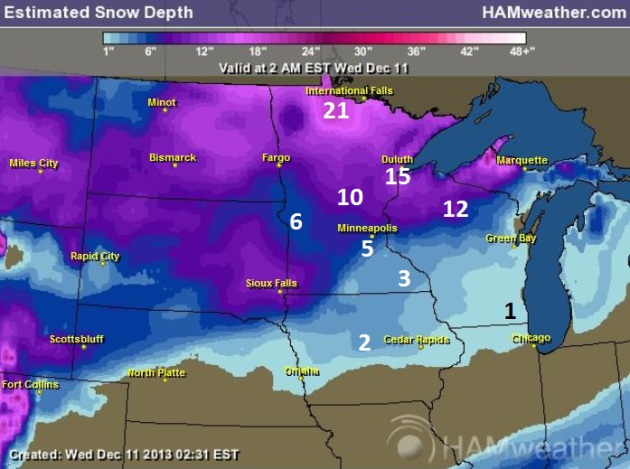

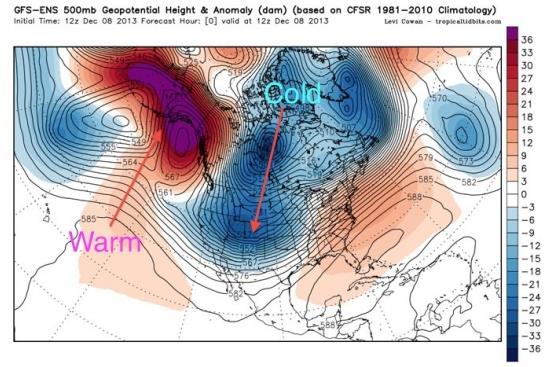

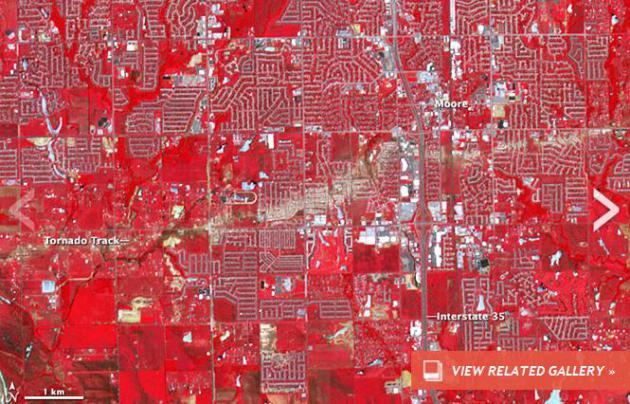


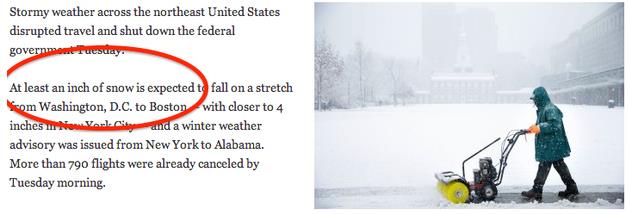
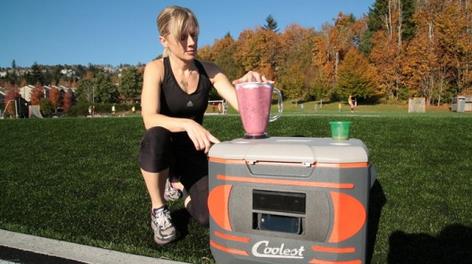



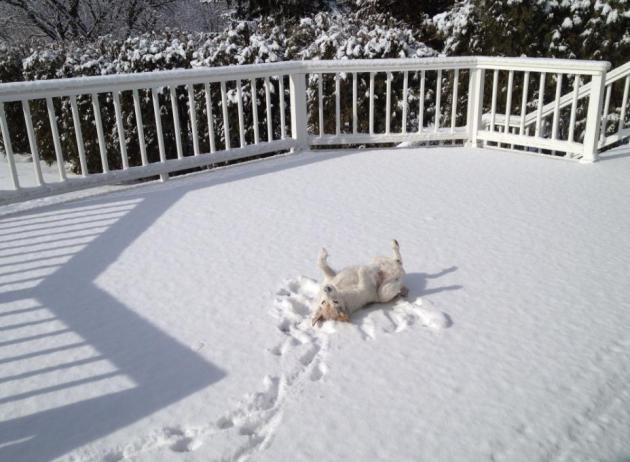
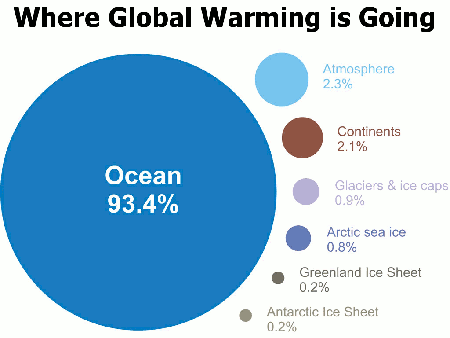

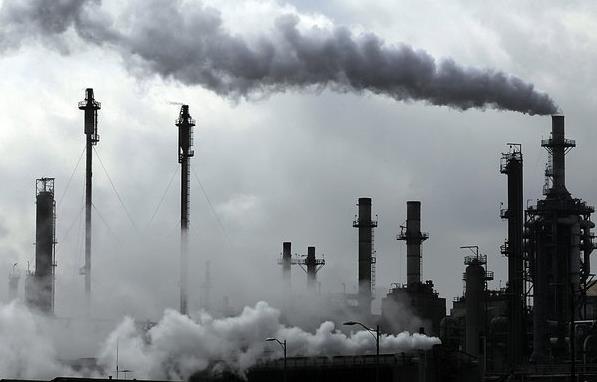
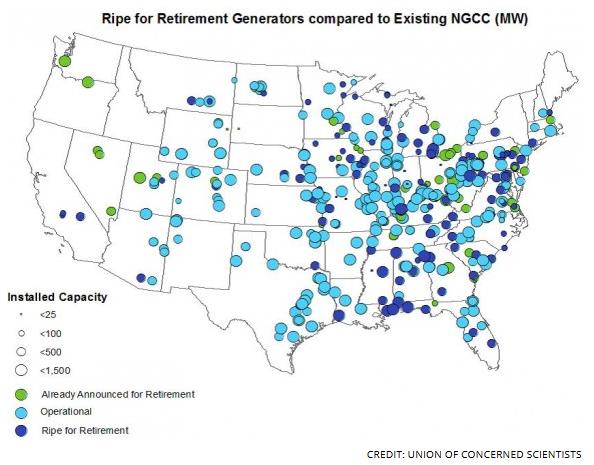
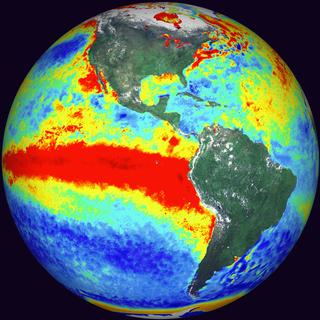


No comments:
Post a Comment